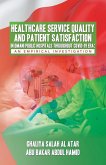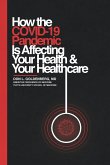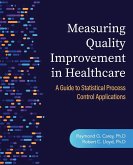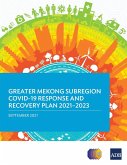Healthcare quality (HQ) became eminent during the COVID-19 crisis. Despite the efforts made by the Ministry of Health in Oman, the country faced several challenges, such as a lack of available funds and patients perceived in a negative manner which hindered their treatment experience. The study examines factors affecting HQ using the SERVQUAL model; patient satisfaction in Omani public hospitals, including healthcare quality, resources availability (RA), and healthcare facility preparedness (HFP); and the moderation effect of the perceived risk of COVID-19 pandemic. This research uses a mixed method with a sample size of 387 patients (quantitatively) selected using probability random sampling of 8 patients (qualitatively) who visited public hospitals The findings from the quantitative analysis reveals that the tangibility and RA had insignificant effect on the HQ. The moderation effect of perceived risk of COVID-19 between HQ, RA, HFP and patient satisfaction was insignificant. The results of the qualitative analysis indicated other factors that affected patient satisfaction, including communication, helpfulness, compassion, physician professionalism, patient-doctor contact, waiting time, atmosphere, and cleanliness. The study proposed a strategy for technical categories that include professional skills, service outcomes and concrete quality aspects, and functional categories. The study has also recommended implications for further investigation.








